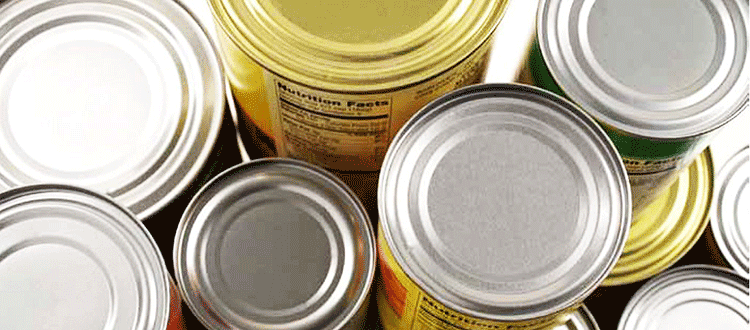Tip of the Month: REALLY Going BPA-Free
 |
|
Alex Scranton |
For years, we’ve been told to avoid the hormone-disrupting chemical BPA by looking for the “BPA-Free” sticker on plastics or other products. But new research is showing that the chemicals that companies are replacing BPA with may be just as toxic, if not even more harmful. Check out these Mother Jones and San Francisco Chronicle articles for more.
How is this possible?! Unfortunately, our current chemical policy doesn’t require companies to prove that chemicals they use are safe before they’re placed into products we use every day, which means that companies can simply replace one toxic chemical with another.
Until we can be sure that the chemicals that companies are replacing BPA with are safe, WVE recommends adopting a precautionary principle and avoiding plastics, canned foods (which may be lined with BPA), and receipts completely when you can.
Here are our tips for really going BPA-free:
- Opt for fresh or frozen foods instead of canned. A 2011 study by the Breast Cancer Fund showed that people decreased the amount of BPA in their bodies by 60% in just three days when they eliminated canned foods and food packaged in plastics from their diet. Another study found that eating one can of soup every day for 5 days increased the BPA in your body by 1200%!
- Look for products packaged in glass or lined cardboard instead of cans.
- Store food in glass or ceramic containers instead of plastic.
- Use stainless steel or glass water bottles instead of plastic bottles.
- Refuse receipts when you don’t need them. BPA rubs off easily onto hands, and then gets into mouths or eyes.
- Store receipts you need in an envelope separate from your wallet or purse, and wash your hands after handling them.
- Avoid plastic where possible or look for plastics with the recycle symbol #5, which signifies polypropylene, a safer plastic.
Want more ideas to detox your life? Check out our Tip of the Month archive!



